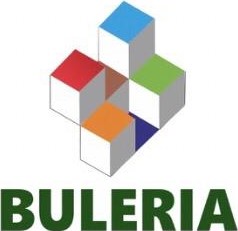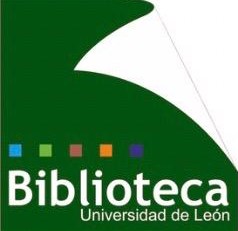Compartir
Título
Effects of the anti-inflammatory agent celecoxib in a focal cerebral ischemia model: A potential treatment for stroke = Efectos del agente antiinflamatorio Celecoxib en un modelo de isquemia cerebral local: un posible tratamiento para el accidente cerebrovascular
Autor
Director/es
Facultad/Centro
Área de conocimiento
Fecha
2018-10-19
Resumen
Cerebrovascular accident (stroke) represents one of the most devastating diseases in elderly since it is the main cause of death and permanent disability in adults and the second most common cause of dementia. A very active search for effective neuroprotective therapies exists in this field as a consequence of the lack of effective treatments, the high incidence of this pathology and its social and medical costs. In this study, the post-ischemic effect of celecoxib, a selective cyclooxygenase-2 inhibitor, was evaluated in a rat model of transient middle cerebral artery occlusion (tMCAO), followed by two different times of reperfusion (12 h and 48 h). A standard time of ischemia of 1 h was used.
In the first aim of this study, the neuroprotective effects of celecoxib were evaluated measuring both tissue damage and neurological deficits. Triple immunostaining, labelling neurons, microglia and astrocytes, was also carried out to analyze the effect of celecoxib on neuronal demise as well as on microglial and astroglia activation. Treatment with celecoxib reduced the infarct volume, neuronal demise, selective neuronal loss (SNL) areas and glial activation. Accordingly, celecoxib improved the neurological deficit. Data of celecoxib treatment suggest the idea that non-SNL areas progress toward SNL slower in the piriform cortex (Pir) than in the frontoparietal cortex, somatosensory area (FrPaSS), suggesting higher neuronal vulnerability to ischemia in the neocortex (FrPaSS) than in paleocortex (Pir).
The second aim was to analyze the effect of celecoxib on ER stress. The study showed that treatment with celecoxib reduced GRP78 levels, increased XBP-1s mRNA levels, did not modify eIF2α phosphorylation or ATF4 transcript levels and reduced the Caspase 12, CHOP and polyubiquitinated protein levels. Moreover, celecoxib increased the transcription for catalytic proteasome subunits (β1, β2 and β5) and BAG1, decreased p62/SQSTM1 levels and BAG3 transcripts levels and did not modify the ratio of LC3BII/I. These results led to the conclusion that celecoxib treatment reduces ER-stress by igniting IRE1 pathway and UPS degradation pathway, and it does not seem to modify autophagy.
In the third aim of this study, the effect of celecoxib on oxidative stress was analyzed. Treatment with celecoxib reduced lipid peroxidation and cPLA2 phosphorylation. Celecoxib increased superoxide dismutase (SOD) and total antioxidant capacity (TAC) activities, while it did not modify glutathione peroxidase (GPx) activity. Celecoxib also increased transcript levels of heme oxygenase 1 (HO-1) and glutamate-cysteine ligase modifier subunit (GCLM) but did not modify SOD transcript levels. These data allow the conclusion that celecoxib decreases the oxidative state of the cell by modifying the activity of some antioxidant enzymes and increasing the amount of some antioxidants such as glutathione.
Materia
Palabras clave
URI
DOI
Aparece en las colecciones
- Tesis [1364]
Ficheros en el ítem
Nombre:
Tesis de Maria Santos Galdiano.pdfEmbargado hasta: 2025-12-20
Tamaño:
6.175
xmlui.dri2xhtml.METS-1.0.size-megabytes
Formato:
Adobe PDF
Descripción:
Tesis María Santos













